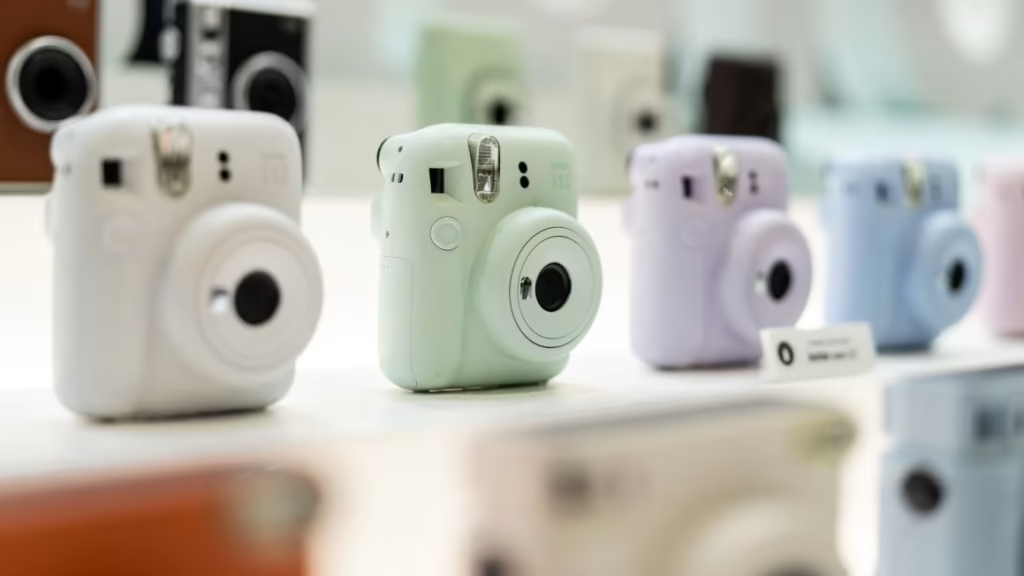Instant photography has made a surprising comeback and Fujifilm’s Instax cameras are leading the way. Once considered a retro novelty, the small colorful cameras now rank among the most popular items for young creators who value both nostalgia and creativity.
The appeal of Instax lies in its blend of old and new. On one hand, the cameras produce tangible prints in seconds, something digital screens cannot replace. On the other, new Instax models combine analog charm with modern features such as smartphone connectivity, hybrid printing, and creative shooting modes. This balance has helped the brand resonate with Gen Z, a group that thrives on social sharing yet craves unique physical keepsakes.
Sales figures reflect this trend. Fujifilm has reported consistent growth in its Instax line even as the broader digital camera market struggles. In many countries, Instax units outsell traditional digital cameras, showing that users are not only seeking professional-grade photography but also fun and accessible experiences. The product has also become a staple at parties, weddings, and festivals, where instant prints double as souvenirs and personal expressions.
The success of Instax is also tied to the rise of visual culture. While smartphones dominate daily photography, Instax offers a slower, more deliberate approach. Each shot becomes intentional, and the printed result encourages people to treasure the moment rather than scroll past it. This difference has turned Instax into a lifestyle accessory as much as a camera.
With continuous innovation—such as hybrid models that allow users to edit before printing—Fujifilm is positioning Instax as more than just a fad. Its mix of nostalgia, creativity, and community engagement has cemented its place in both youth culture and consumer markets. For many, Instax proves that in an era of endless digital images, nothing compares to holding a memory in your hands.


